Why fans of single malts shouldn’t dismiss blended whiskies

Blended whisky used to be regarded as a cheap substitute for single malt, but that perception has changed. “The choice of a blended whisky is rarely a question of price, but rather the preference of an individual,” says Makiyo Masa, the founder and director of dekanta, an online Japanese whisky sales company based in Tokyo. “Many enthusiasts are quick to blindly write off all blended whisky as inferior to single malt, but this is simply not the case. Just as each single malt has a unique personality, so does each blended whisky. Both classifications contribute to the overall whisky experience.”
A blended whisky, like Johnnie Walker or The Famous Grouse from Scotland, or Japan’s Hibiki, is exactly what the term suggests – a mixture. Single malt whiskies are the produce of one distillery, but to qualify as a blend, whisky must combine malts from two separate distilleries. Grain whiskies, which add creaminess to the full-bodied malt flavour, are often added to the blend, too.
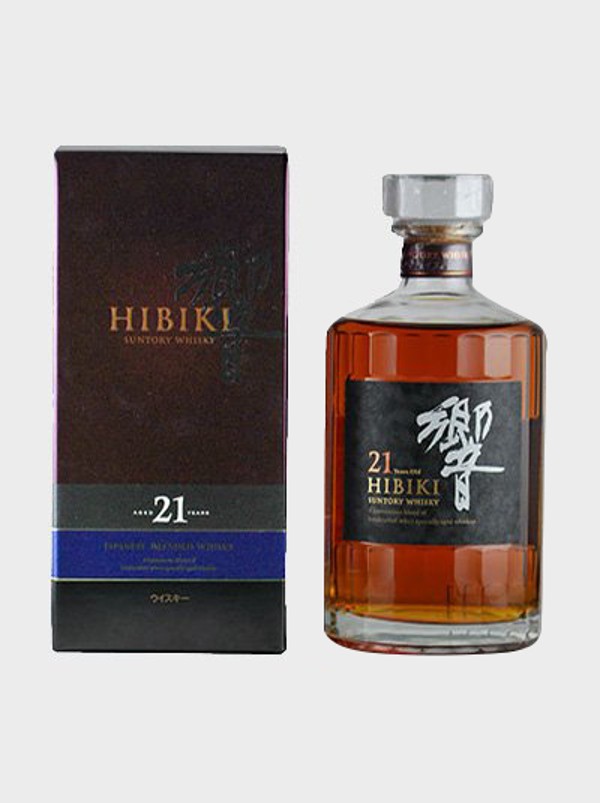
Blends were originally developed in Scotland in the mid-1800s as a way of maintaining a consistent flavour across all the bottles of a brand. All brands start from a unique recipe – which is usually a closely guarded secret – but whisky production is a natural process, and different flavours may result from the same ingredients distilled in the same casks in the same conditions.
A master blender tweaks the process, and also has access to a repository of malts and grains – a “library” – which, like a master chef, the blender add to the cask to bring about the taste the consumer expects.

“The main part of my job is looking after consistency for The Famous Grouse and Cutty Sark,” says master blender Kirsteen Campbell, by telephone from Scotland. “It’s about ensuring that every batch is consistent, and tastes the way that the consumer expects. We check the consistency and quality at every stage of the process. Maturation is a complex natural procedure, so as much as we try to get it to come out the same – by putting it in a particular oak cask, for instance – sometimes it matures differently. We have to check every single cask to ensure that the quality is what we expect. We have to work out how the flavours are working together.”
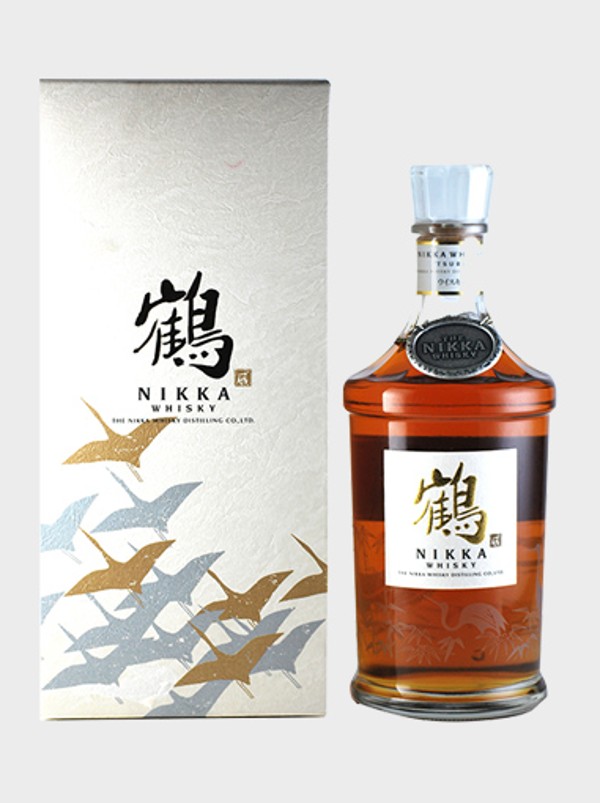
“Every single cask is different,” Newell says. “Whisky ages differently, and that is part of its magic. So the blenders will constantly be tweaking the batches they are blending. The blenders know the age of the all the casks, and the flavours associated with each individual distillery – so they have a picture of the taste in their heads. They will draw samples, and there is a physical testing takes place in a blending room which is a small lab. They will ‘nose’ them to check they match the master sample.”
Just as each single malt has a unique personality, so does each blended whisky
Although the whisky industry is today a technologically advanced operation, the blends are still tested by hand – or rather by nose. “The majority of my work is done by smelling,” Campbell says. “There is no machine as sensitive as the human nose, which can detect aromas down to parts per trillion. Even the very sophisticated equipment that we have can’t detect some of the qualities that the human nose can.” It’s team effort, Campbell says. “There are 80,000 casks per year for The Famous Grouse and 20,000 casks for Cutty Sark. So we are looking at a phenomenal amount,” she notes.
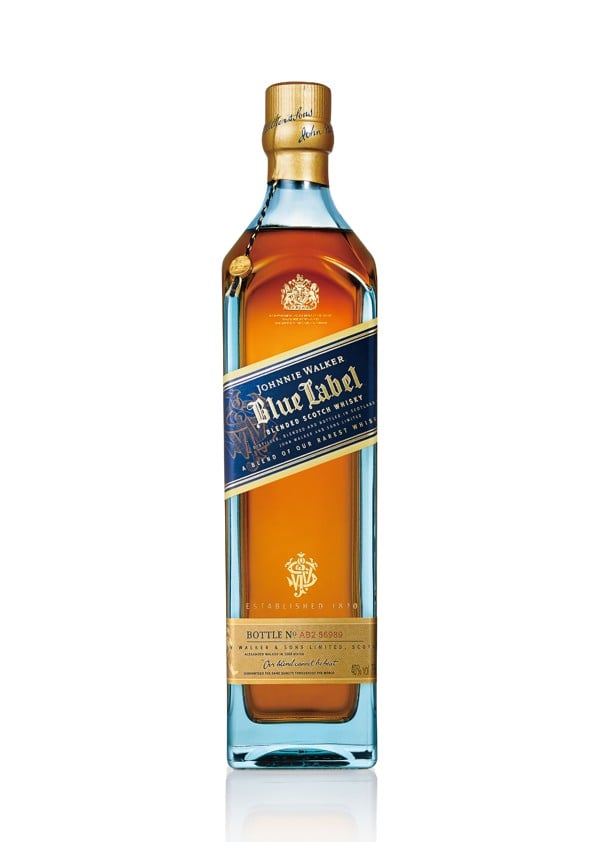
Consistency is still an important part of blending. But with modern drinkers eager to buck tradition and try something new, creating original flavours has become an equally important task for a master blender. “The role of a master blender is constantly evolving as the industry develops, and innovation becomes more important,” says Sandy Hyslop, Director of Blending at Chivas Brothers. “Maintaining a consistent taste experience remains a top priority. On top of that, our master blenders will play an integral role in product innovation and developing new flavour experiences for consumers to enjoy. There’s a real art involved in creating each blend, and they use skills that have been handed down throughout the centuries – it’s no simple task. Our blenders are experts on every single malt and grain whisky in our stock, understanding their individual character and how they will come together.”


Chivas Regal recently released the new Ultis blended malt, a blend of five single malt whiskies which Hyslop says “pays homage to the five generations of master blenders who have dedicated their life’s work to mastering Chivas Regal’s house style”.
“Blenders like to experiment,” Newell says. “We have started to release more whiskies that let the blenders express themselves, like the Johnnie Walker Private Collection. This explores the different aspects of whisky character. The first two whiskies in the Private Collection focus on the character of the distilleries, which is about smokiness and fruitiness. The third is about grain whisky and the character of that, while the fourth one is about the mastery of oak.” Such special editions also appeal to collectors.
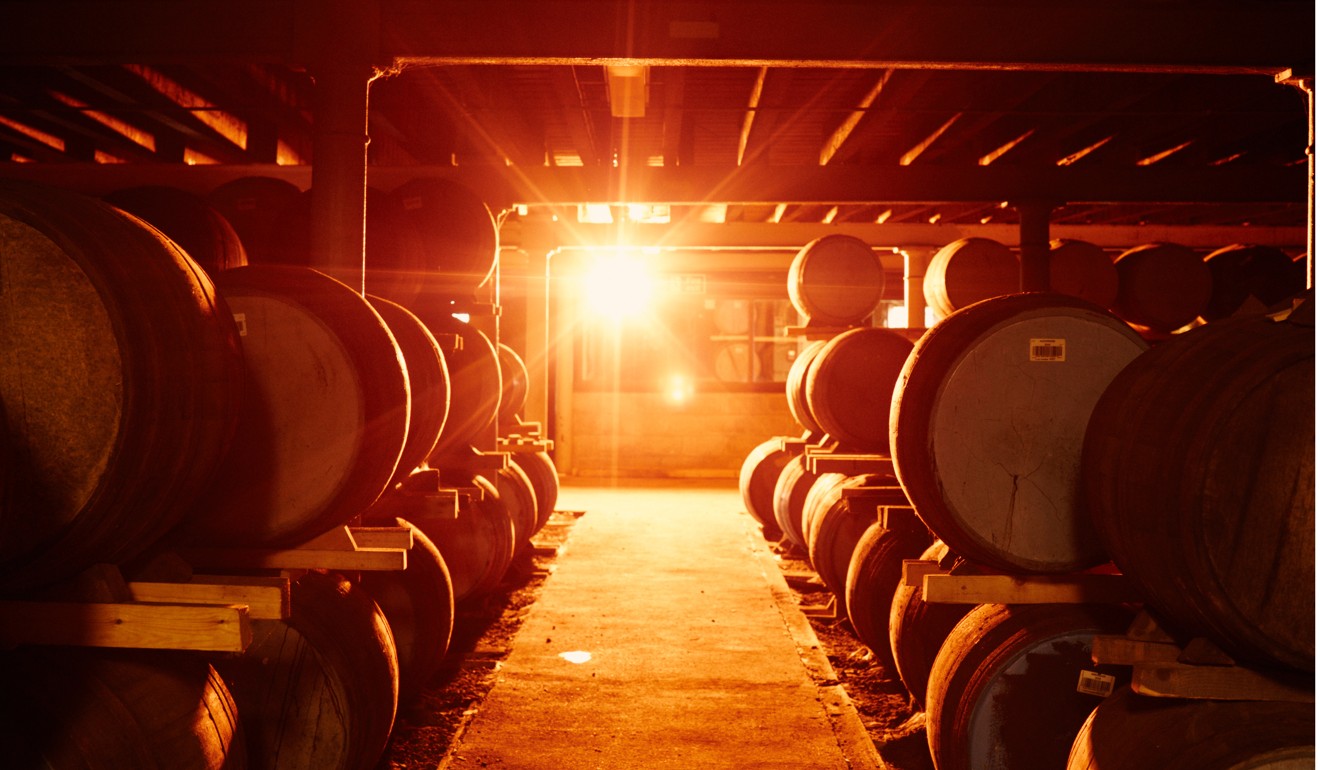
Creating a new blend is a lot of fun, Campbell says, as blenders can make use of classic samples from their libraries. “The special editions are amazing to work on,” she says. “I have had the pleasure of working with some incredible old grain whiskeys and old malt whiskies – it’s a real treat. I recently worked with 25-year-old and 33-year-old samples we have in the library.” Her favourite creation is Cutty Sark Prohibition: “The brief was to make it high-strength but smooth – a 50 per cent ABV [alcohol by volume]. That can be quite a challenge, as it’s harder to get a satisfactory flavour with something strong, as the palate can become over-engaged by the alcohol. It took a lot of time in the sample room to achieve that taste. I really enjoyed that challenge.”
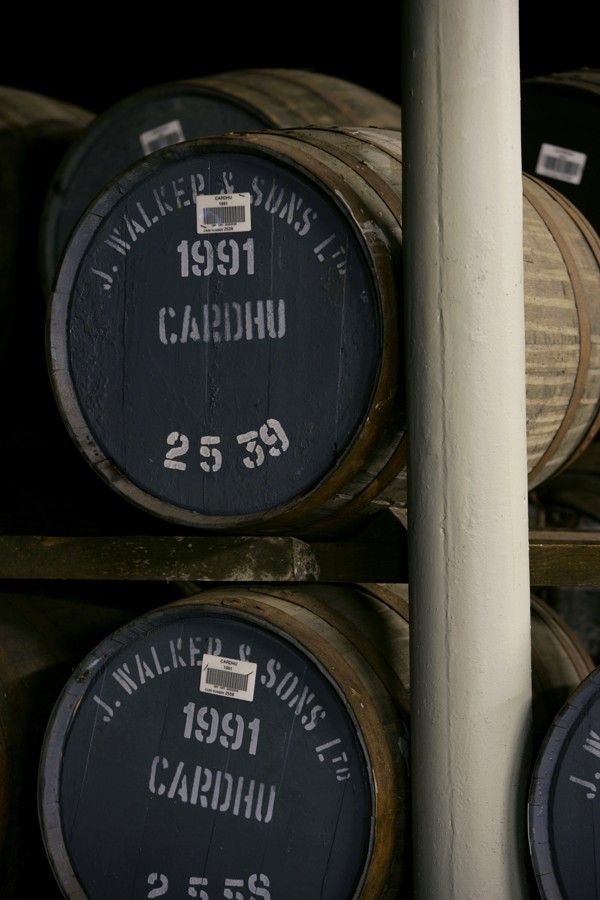
Balance is the key to a successful blend, Masa says. “Above all, a quality blended whisky should be well-balanced. In Japan, they would say the whisky should be harmonious. The aromas from the individual components should complement each other so the blend feels unified. It should also be smooth and easy to drink, which is one of the defining qualities of blended whisky,” she says.
Although there is no data on the performance of blended whiskies in Hong Kong and in the mainland, Newell can say how the markets are evolving for whisky in general. “In Hong Kong whisky is the dominant spirit, followed by Cognac. In China, although there is now a lot of whisky consumption, baijiu is still the dominant liquid.”
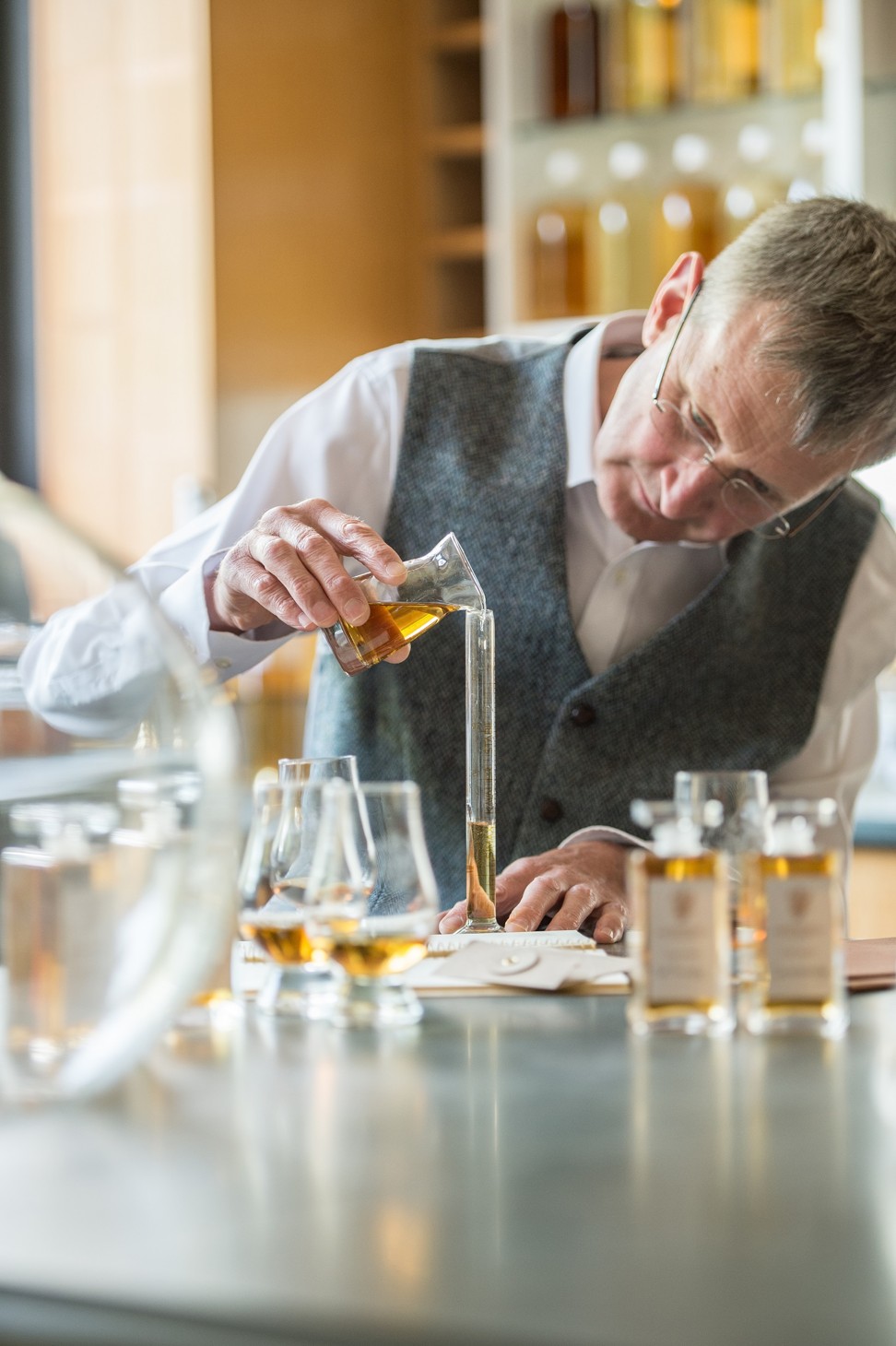
Whisky drinkers are becoming more sophisticated, he notes: “Drinkers in China used to mix whisky with green tea years ago, but they have moved away from that now. You are seeing a greater appreciation of the flavour of whisky.” Taiwan is the most sophisticated whisky market of the greater China area, he adds.

Blended whiskies are set to go from strength to strength, Hyslop says. “As a blender, the beauty of blended whisky is in the infinite possibilities,” he says. “We have millions of casks of inventory available to us – all containing whiskies of different styles, and at different stages of evolution – and therefore limitless opportunities for blending and creating new and interesting flavour combinations. For me, the attraction of blended Scotch as a whisky drinker is in its complexity – and in trying to identify the many, many layers of flavour that can make up a single blend.

Blended whiskies demonstrate the art of mixing as limitless opportunities for creating new and interesting flavour combinations emerge